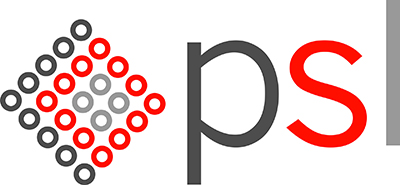Pharmaceutical compounds and active ingredients developed in laboratories today have increasing potency and require additional protection for the operators and the environment. Occupational Exposure Levels (OELs) set by scientific committees and institutes are increasingly rigorous and containment performance can be set at levels as low as 10ng/m3, 8-hour Time Weighted Average (TWA). Traditional restricted access barrier systems (RABS), laminar flow cabinets or fume hoods do not provide such a strict controlled environment, but high containment technologies do.
Containment technologies such as isolators and gloveboxes can fulfil the above requirement at any scale. ISPE defines containment technology as a ‘leak tight enclosure designed to protect operators from hazardous/potent processes or protect processes from people or detrimental external environments or both.’
During the synthesis of Highly Potent Active Pharmaceutical Ingredients (HPAPIs) one of the key process steps that needs to be contained is the filtration and drying of the wet product – also called the cake. Following the reaction or crystallisation, the API then needs to be isolated and dried to be ready for the formulation stage. This step is critical as the API is more potent and requires contained handling.

